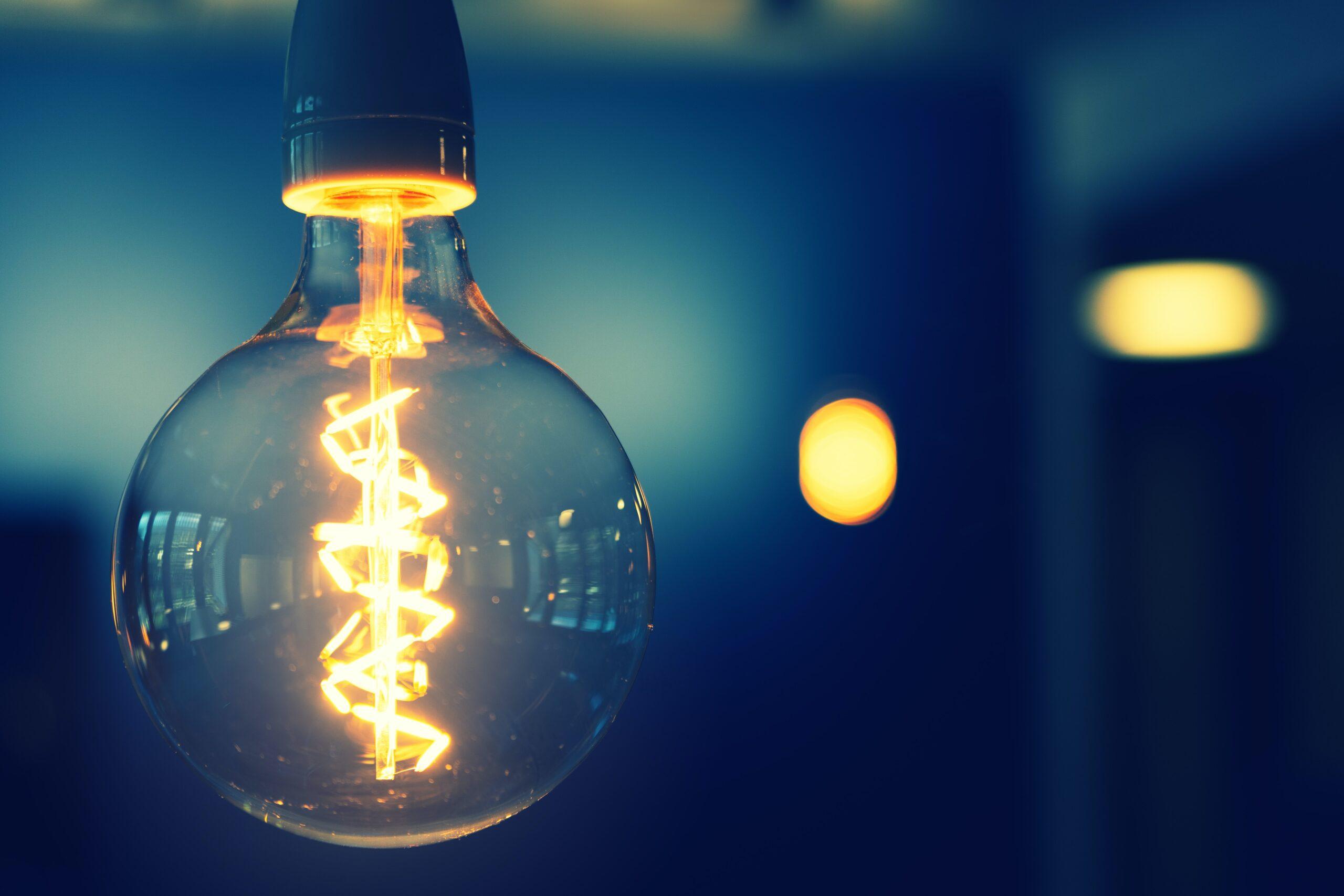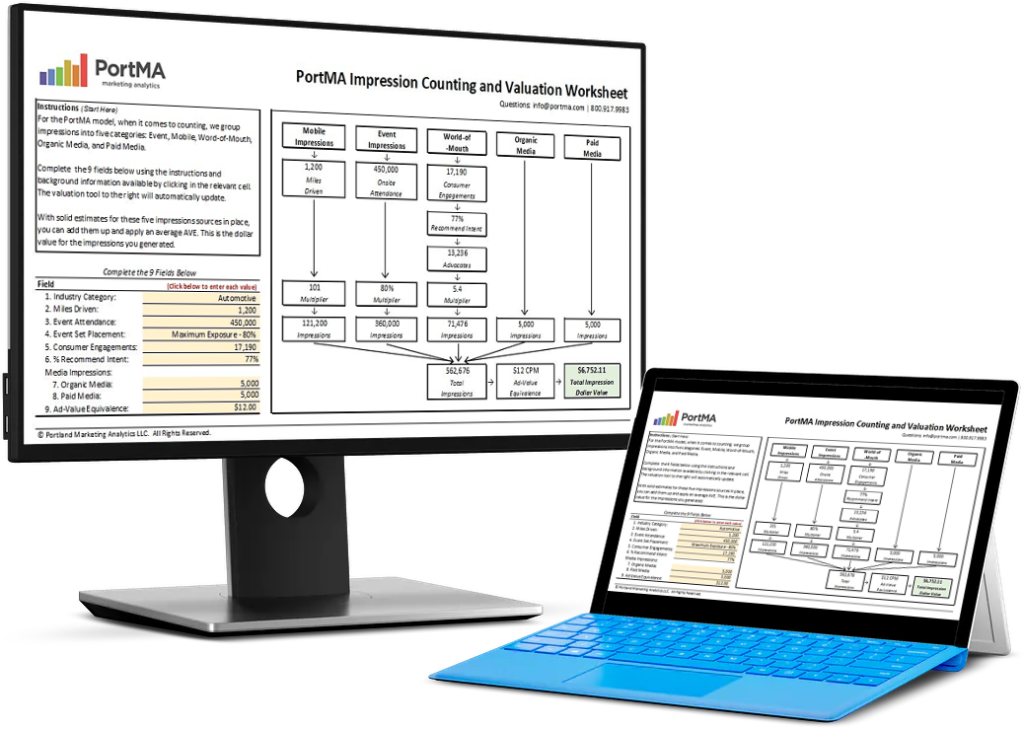
Who wouldn’t like to have a crystal ball to see what the future will bring? When it comes to experiential marketing, taking a closer look at the latest consumer technology trends is as close as we can come to a crystal ball. Understanding how consumer tech companies use data can help marketers predict where the industry is headed. So, how will we use data in the future?
Estimated reading time: 3 minutes
Consumer Tech Over 20 Years
Looking at consumer technology right now, I think we are at a transition point. The past ten or so years were dedicated to connecting things. The internet has afforded connectivity we never thought possible.
Let’s start by reviewing the past. Over this past decade, consumers – including me – reveled in bringing together the tools we use in our daily lives. For me, it was about being able to get a lightbulb to connect with Alexa, getting Alexa to communicate with my cell phone, and eventually being able to control that lightbulb with my voice, using my cellphone.
I believe this past decade has changed how we interact with objects in our world. Consumer technology has brought incredible new opportunities to help us manage our lives more efficiently. For me personally, this has been an incredibly exciting transition.
So, what about the next ten years? In consumer technology, these next ten years will be all about adding intelligence to the process.
(You can listen to the full episode of the podcast below.)
From the Internet of Things to the Intelligence of Things
Right now, I can communicate with my lightbulb through my cellphone. During the week, I might tell it to turn on at 6.45 am every day. On weekends, that may be later.
Over the next decade, the technology behind the lightbulb will be able to learn my patterns and habits. Whilst the technology may need permission initially, it will soon know intuitively when to turn something on during the week and how to change that on weekends. The lightbulb will work proactively.
By recording and learning my habits, the lightbulb can provide me with a lower-maintenance, higher-value relationship. Granted, that all may sound a bit boring when applied to lightbulbs but apply it to food production technology or water management, and you can see the potential. Consumer health and supply chain efficiencies are two additional applications. Arguably, they are more important now than ever before.
What’s Holding Consumer Tech Back?
Speaking to consumer tech experts, I had another revelation: It wasn’t a lack of technology that held us back. We didn’t truly need machine learning (ML) or artificial intelligence (AI) for these developments. Those have been around for a few years.
What was stopping us from implementing these top-of-the-line technologies was a lack of back-end bandwidth. We simply didn’t have the infrastructure to start taking advantage of everything consumer technology had to offer. The bandwidth is there now, and together with the advent of 5G technology, we are starting to see the future.
To find out what that means not only for our day-to-day lives but also for delivering ROI as experiential marketers, stay tuned for part 2 of this blog.

Download the Free Spreadsheet Tool
CALCULATE THE DOLLAR VALUE OF EVENT IMPRESSIONS
PortMA Impression Counting and Valuation Worksheet
Download this spreadsheet and complete the fields for your campaign to get a clear count of your activation impressions translated into a Dollar Value of Marketing
Impression Spreadsheet
